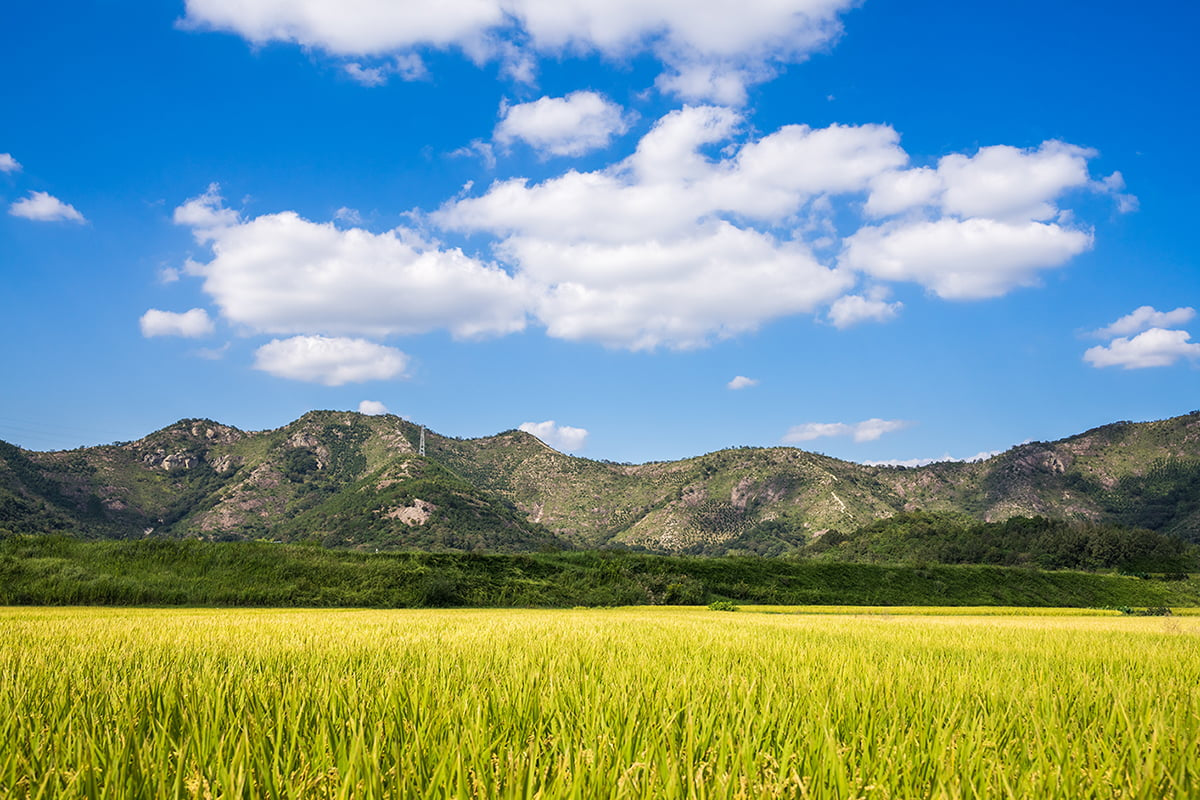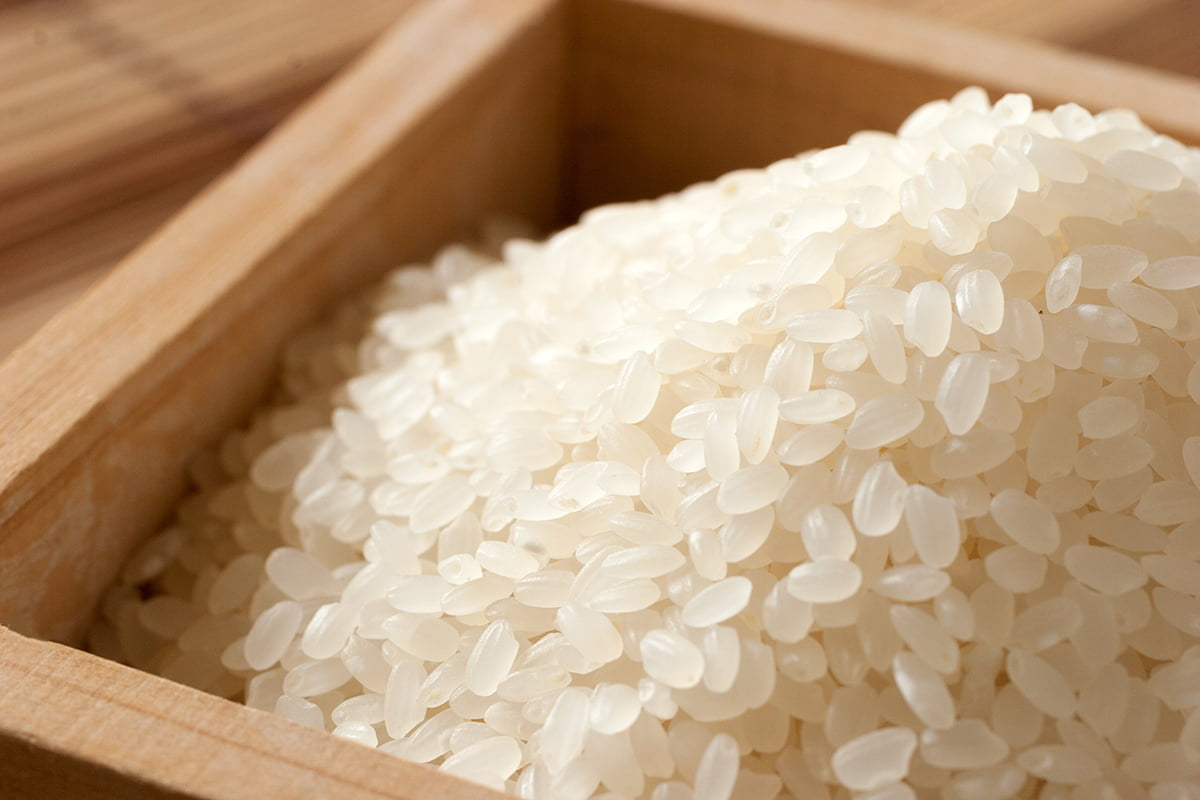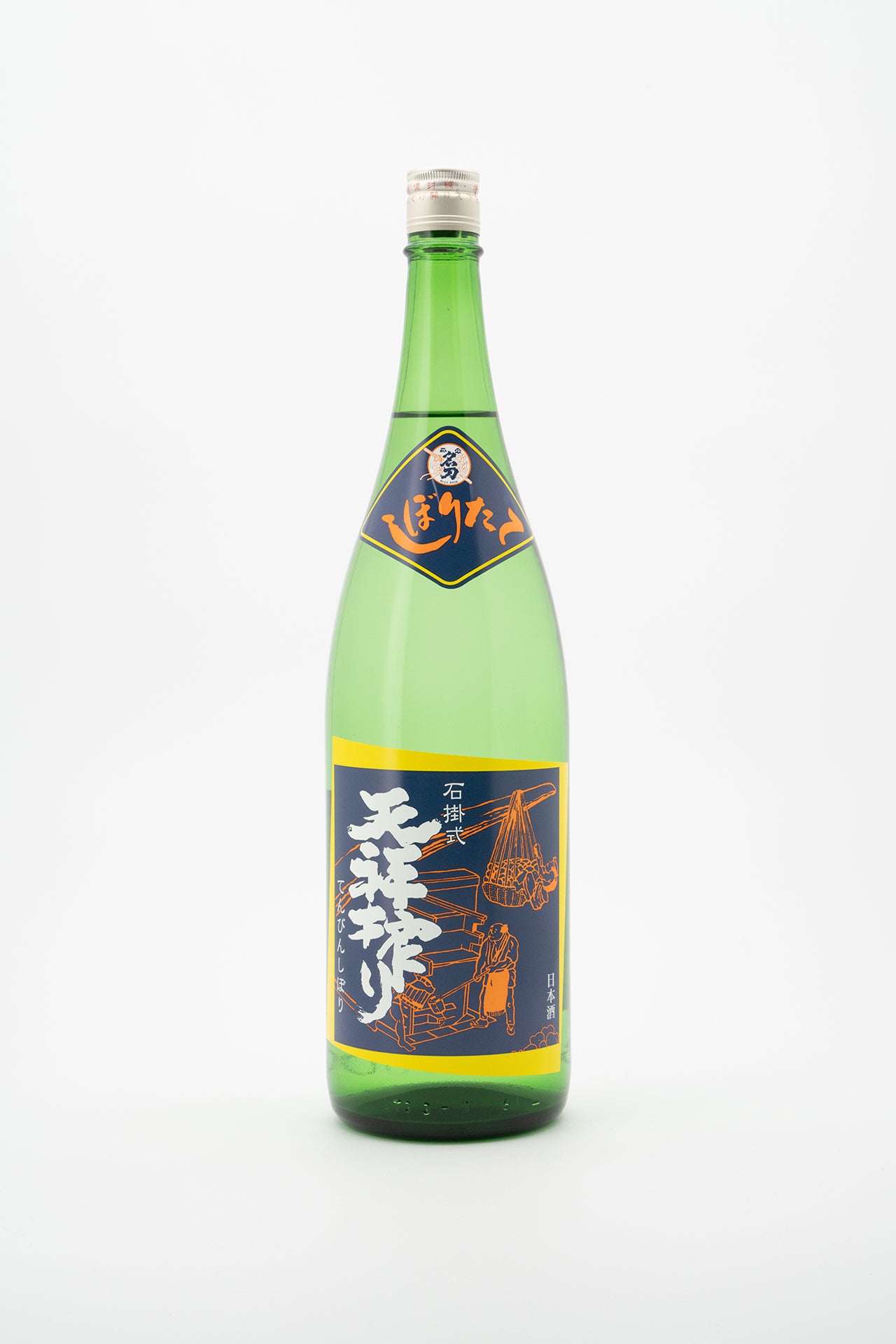Enjoy the difference
in rice

There are more than 100 varieties of sake rice (the rice used to make sake), and their characteristics vary widely. Even the same variety can vary in quality depending on the land and environment in which it is grown.
The differences between them have a great impact on the taste of sake. Enjoying the differences in rice production areas and varieties is one of the most enjoyable aspects of sake.
| Yamadanishiki | Yamadanishiki is highly regarded as a representative of Japanese sake rice. Sake made with Yamadanishiki has a good fragrance and a full flavor. |
|---|---|
| Misatonishiki | Known as a sake rice variety suitable for sake brewing in Akita Prefecture. Due to the difficulty of growing Yamadanishiki in the northern prefecture, breeding and development were undertaken. |
| Nojyoho | After disappearing from the scene during the war, it was revived through the efforts of farmers. Due to the low protein content and large heart white, it is a suitable variety for sake brewing. |
| Kame no O | Kame no O is famous for being the model of a mythical rice in the manga "Natsuko no Sake". It is the root of many brand rice brands. As the parent of rice variety improvement, it is still active today, even though it has been more than 100 years since its birth. |
Enjoy the difference
in milled rice

Milled rice (rice with the outer layer removed from unmilled rice) is called milled rice ratio. The outer layer of the rice grain contains many components that contribute to impurities, so it is necessary to remove the unnecessary components. The difference of a few microns can change the taste of the sake, and it is an important work that determines the life of the sake.
The degree of milling is determined by the sake brewer. Some of our products are made with rice milled to 5%.
| Ginjo Sake | Made with a milling ratio of 60% or less |
|---|---|
| Daiginjo Sake | Made with a milling ratio of 50% or less |
| Junmai Ginjo Sake | Made with a milling ratio of 60% or less without adding distilled alcohol |
| Junmai Daiginjo Sake | Made with a milling ratio of 50% or less without adding distilled alcohol |






